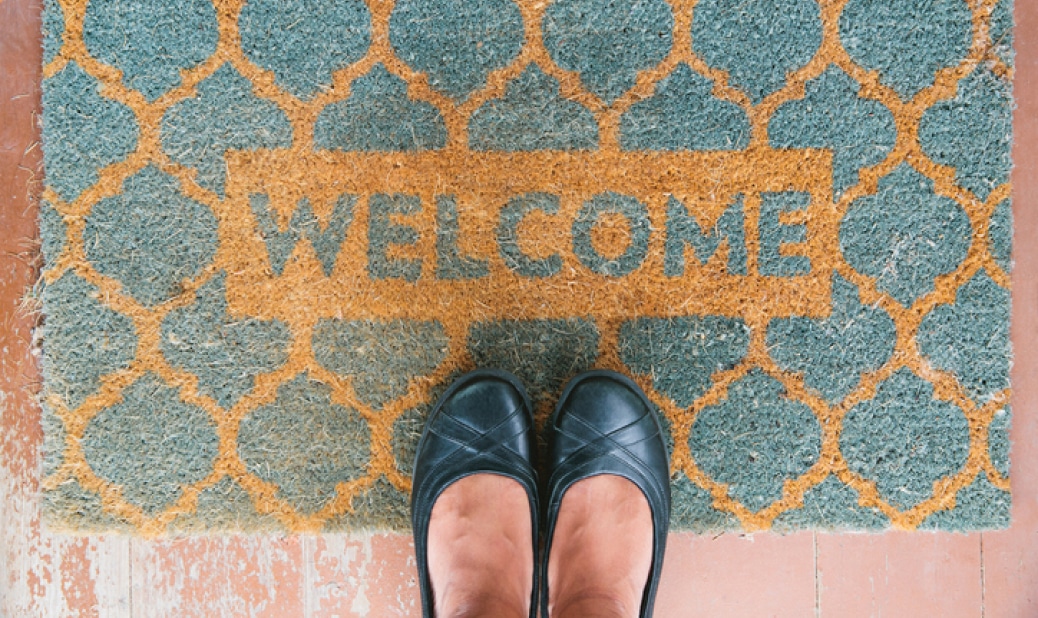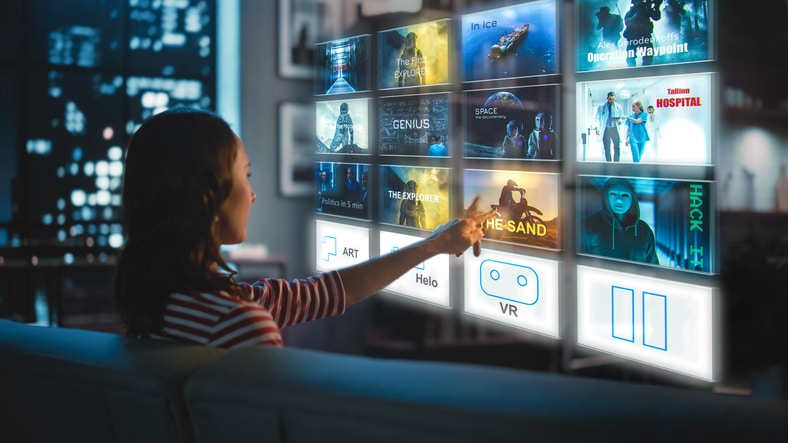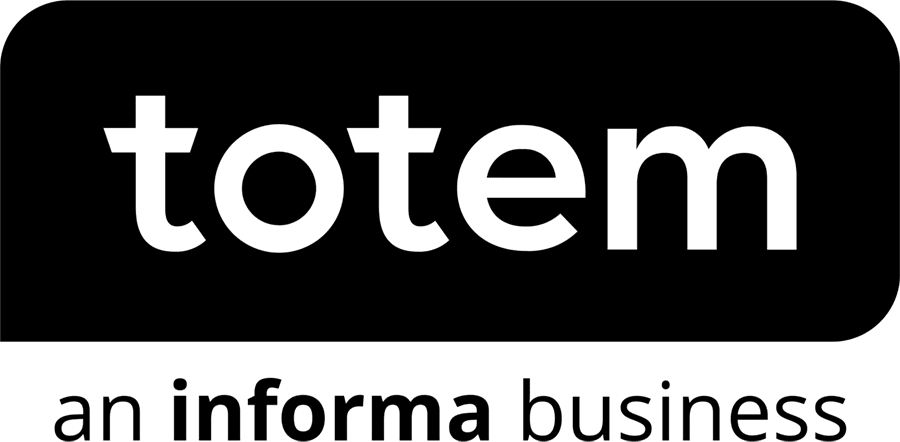The Audience Home: The Next Frontier for Events and Digital Marketing
Online communities
Blog - 11 mins read
The time has come for events to take their place at the digital marketing table. Event professionals have a unique opportunity to build digital homes for their audiences – engagement hubs for all their live and on-demand content. Year-round engagement, better audience engagement and more leads are becoming a reality.
If the latest poll from the Content Marketing Institute is anything to go by, events for many organisations, generate their best content and warmest leads. The trade-off, of course, is months of planning and a big investment of time and usually budget. Given all this the question is; are we really making the most of this content? Can we extend its value outside of that singular ‘live’ moment in time?
Put yourself in your audience’s shoes for a moment. You typically invest time attending the company’s events and want to re-watch the content afterwards, download the slides, or catch a session you missed. Where are you directed to? It’s likely to be the on-demand area of the virtual event platform. Alternatively, you might also be guided to a landing page or locate content on their YouTube channel.
What happens next?
You find what you need and then you leave.
As event and marketing professionals, have we missed an opportunity here? What if we offered more targeted content for that audience member to keep them engaged? A blog post on the topic they were searching for, a new video series exploring research that matched their interests, or access to more upcoming live experiences and further networking and discussion with experts? What if we could get more out of this highly valuable event content by using it as a lead-generation tool?
When our strategy is dispersing event content over multiple channels, or just putting it on Youtube, we fragment the audience experience and miss out on traffic we could otherwise direct to a dedicated hub on our website.
These are the reasons why marketing teams are starting to bring their best live and on-demand experiences together into one place – the digital audience home.
"When our strategy is dispersing event content over multiple channels, or just putting it on Youtube, we fragment the audience experience, missing out on traffic we could otherwise direct to a dedicated hub on our website."
What exactly is a digital audience home?
A digital audience home is an entirely new way of using event technology. Think of it like a content hub, video portal and engagement gateway all rolled into one.
Take Sky Glass as an analogy. In the same way that it merges live TV, Netflix, Disney+ and other streaming platforms into one interface, your digital audience home combines access to a range of live events, such as webinars or virtual roundtables with your best on-demand content.
The idea is that it’s a more enjoyable, binge-able viewing experience for your audiences. Once they sign in, they can browse blogs, videos, articles and pdfs, with the ability to apply the same interest tags they do for your events. They can also register for in-person events they are eligible for and even access online training courses.
What matters less is the functionality you choose to turn on in your digital audience home and more its potential applications and benefits, some of which we’ll look at below.

An easier way to start online communities
One of the many reasons for starting a digital audience home is to grow an event community. If you get the foundations of your digital audience home right, you can then focus on building a ‘true’ online community.
Communities thrive on a mix of in-person and online engagement and events are a great place to start because your audience already has;
- a shared interest
- a high baseline level of trust in your content offering
- motivation to network
- possible existing personal connections with other members
Creating an online community may sound like a lot of extra work, but here’s the thing; building a digital audience home is not. It’s really about maximising the value of the content you already have by bringing it into one place. Once you have created this you’ve prepared the ground for a community to grow.
Like a habitat or dwelling of any kind, a digital audience home offers a welcoming, familiar place to keep coming back to. Over time, this can transform into a safe space to problem-solve, ask questions, share ideas and network.
"Creating an online community may sound like a lot of extra work, but here’s the thing; building a digital audience home is not. It’s really about maximising the value of the content you already have by bringing it into one place."
The key benefits of a digital audience home
A stickier content experience
A digital audience home offers a fresh way for your audience to experience content. Most importantly it’s an experience purely of their own undertaking. There’s something to be said for letting them explore a “rabbit hole” of really interesting content. It’s just a more pleasurable way of interacting with your brand than simply opening emails in a drip campaign.
We assume our audience is time-poor and that’s true to an extent, but if you offer them something that allows them to take a novel approach to problem-solving or something that provides ideas that will help them advance their career, people will find the time. On their commute, after they’ve put the kids to bed. On Sunday evenings. Ultimately the more time they spend reading or watching your content the more likely they are to reach out to you to start a conversation.
"There’s something to be said for letting them explore a “rabbit hole” of really interesting content."
A goldmine of first-party data
Getting direct consent to track customer data is an essential pillar of today’s marketing, especially in light of the demise of third-party cookies, due to be phased out in 2024.
Developing a robust first-party data strategy pays off; a report from Boston Consulting Group recently found that digitally mature brands leveraging first-party data achieved 1.5x – 2.9x higher revenue. The digital audience home offers a compelling reason for customers to give their consent in order to access your high-value content. In return, we can reliably track exactly who is interested in what topic, who is watching which video and who is clicking on which articles – all of which can be integrated with your CRM. This adds up to a better indication of buying intent and the ability to personalise your sales and marketing outreach.
"a report from Boston Consulting Group recently found that digitally mature brands leveraging first-party data achieved 1.5x – 2.9x higher revenue."
A new tool for lead generation
The above doesn’t just apply for your existing audiences, but also new, potential prospects as well. Embedding a link to your digital audience home on your website, with a limited preview of some of the content inside provides a tempting lead magnet for people who may have never attended your events before. Meanwhile, publicly available pages, especially long-form blogs and video content give an SEO boost, funnelling audiences in from organic search. After they have viewed a certain amount of content, you can float that sign-up form in front of them.
What’s more – when someone shares a link to your publicly available content, they are sharing a link to your website, focusing traffic (and hopefully conversions) there.
An added boost for event marketing
Marketing your events and webinars in your digital audience home adds that extra reminder and prompts your clients to self-register online. You can also add pre-event teasers, ask your community if they would like any angles specifically covered on your topic and plan social events for the same day.
A way to build customer advocacy and loyalty
Building brand followers pays off. A recent Accenture report recently found that nearly two-thirds of customers spend more on brands to which they are loyal. Using your digital audience home to grow a community provides extra value to your members. Firstly, they gain access to the collective brainpower of the community, as well as your experts to help solve challenges or to continue networking with. Secondly, there are other perks, such as early-bird access, exclusive community events and content. All of this means they build a closer bond with your brand, your people, and eventually, your product or services.
Enhanced content performance insights and audience research
Gathering data from your digital audience home shows you which of your content is most popular and what topics are being searched for, helping you focus future campaigns so you know what to produce more of. If you extend your audience home into more of a community, you can also use it as a cheaper way to conduct qualitative and quantitative research.
Why not just use my website?
A digital audience home is a complementary offering to your website. We typically recommend embedding it either as part of your resource library or even as an alternative to it.
Here’s why your website can’t do the same job:
- You may not want to make all of your content publicly available
If it’s your best content – why give it away on your website to just anyone? With a digital audience home, you can choose what content is publicly available and what’s behind a sign-up form. That form only has to be filled in once and then hey presto they have complete access. If you have a highly focused community, e.g. of senior property investors, you can also add approval permissions so only relevant people gain access. - You want to offer something exclusive to specific customer groups.
Digital audience homes offer rich interaction with other members and your internal experts. Creating private groups within your community allows you to cater for specific markets, interests, and seniority levels, or indeed, specific companies who need to collaborate within a particular verticle or supply chain. You are providing a protected space for them to network as well as access specifically tailored content and experiences. - Resource centres can be a little old fashioned
Let’s face it, most website resource libraries weren’t really built for lots of video content. Websites can turn active audiences back into passive viewers. It’s hard to replicate the same buzz that you can achieve within a virtual event environment. - Limited personalisation
Your resource centre has to be all things to all men. A digital audience home can be more focused towards their needs, with the ability to save articles, set interest tags and select discussion threads to follow and get involved with. - Difficult to track individual customer data
Can you reliably track exactly who has watched your video content and for how long? A digital audience home uses first-party consent straight out the gate so can show you this incredibly useful detail.
Multiply your event outcomes without overloading your team
The great thing about a digital audience home is that it isn’t limited just to event content or video content. You can draw upon the combined strength of content output from events and marketing. Moreover, given time, you can also encourage your users to start posting their own content, which kickstarts a flywheel effect. Yes, there’s no avoiding that it takes a bit of work to set up and maintain – but the rewards are too great to let this be a barrier. Most organisations already have or are planning a content pipeline, it’s just a matter of bringing it all together.
When we leverage a digital audience home our event outcomes multiply exponentially and our content achieves a lot more. Our value proposition changes. If we use a digital audience home to seed an online community we’re now a vehicle for camaraderie, collaboration and connection. And we don’t just get better data and better leads in return. We get advocates.
People who run events are closer to achieving this than any other department.
Your community is out there – you just need to give it a home (before the competition does).


